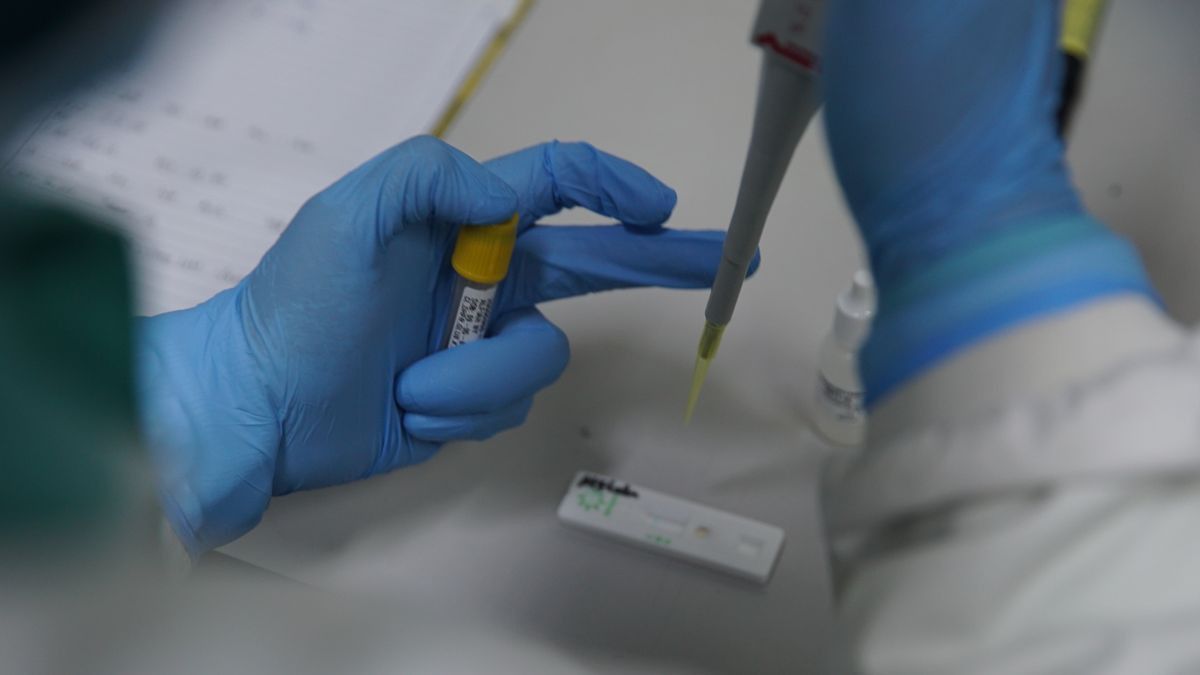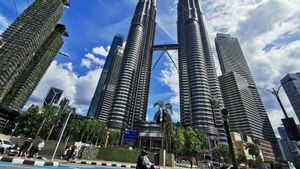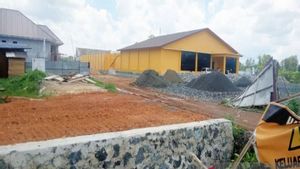BANJARMASIN - Member of the Expert Team at Lambung Mangkurat University (ULM) for the Acceleration of Handling COVID-19 Hidayatullah Muttaqin reminded the South Kalimantan Provincial Government to be aware of the upward trend in COVID-19 cases. There have been 17 additional cases of COVID-19 in the last two days.
"The trend of increasing cases from November 24-25, 2021, occurred in nine regencies and cities in South Kalimantan. Meanwhile, during the previous five days, there were only three new confirmed cases," explained Muttaqin in Banjarmasin, quoted by Antara, Friday, November 26.
According to Muttaqin, actually in the last 25 days in November the number of COVID-19 cases was relatively low, namely 80 confirmed cases and 3 people died.
This number is much lower than the situation in October with 357 confirmed cases and 28 deaths. Even in the last 13 days, there were no reported cases of death.
Even though the conditions in November were much better than October, he asked the local government, the COVID-19 Task Force and the public to be vigilant. It even has to be improved.
"Moreover, the last two days there has been a significant increase, so it should be a yellow light as a warning that transmission is still happening," he explained.
Muttaqin emphasized the importance of increasing vigilance not only for South Kalimantan but all provinces in Indonesia.
Considering that the end of 2021 is approaching, there is usually an increase in population mobility, both local mobility, between districts and cities as well as across provinces and islands.
"The lessons of the COVID-19 explosion at the beginning of 2021 were preceded by an increase in population mobility due to the long year-end holidays," he explained.
Meanwhile, there has been a surge in the mobility of the South Kalimantan population. Muttaqin refers to Google data, there is an increase in the mobility of the population of South Kalimantan on six mobility indicators.
The average level of retail and recreational mobility, for example, is 16 percent higher than in May before the explosion of the third wave of South Kalimantan.
Then mobility at the grocery store was 5 percent higher. Meanwhile, parks, transportation centers and workplaces are 3 percent, 13 percent, and 20 percent, respectively. Meanwhile, population mobility in residential areas actually decreased by 3 percent compared to May.
The English, Chinese, Japanese, Arabic, and French versions are automatically generated by the AI. So there may still be inaccuracies in translating, please always see Indonesian as our main language. (system supported by DigitalSiber.id)













